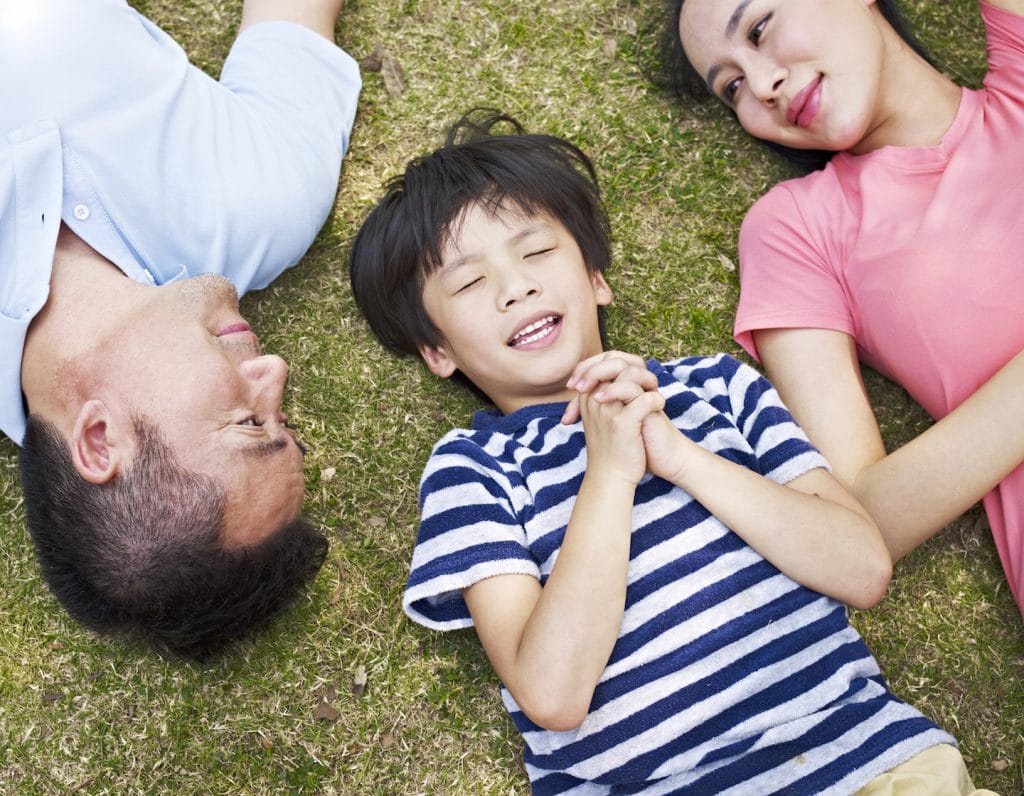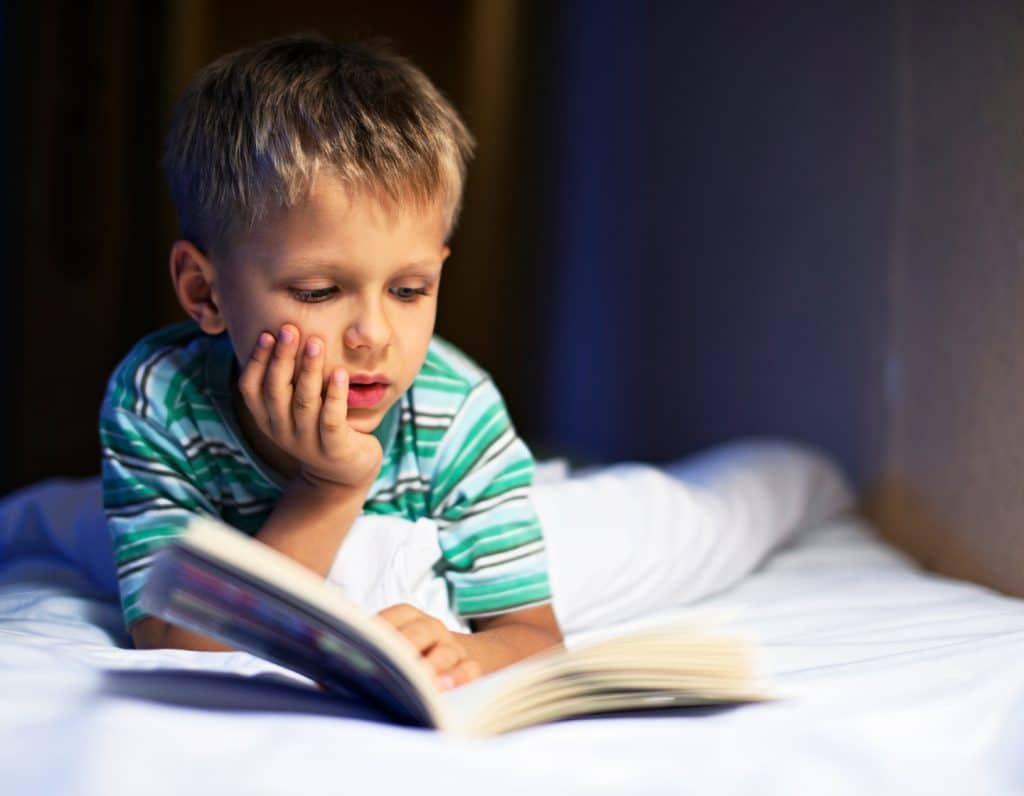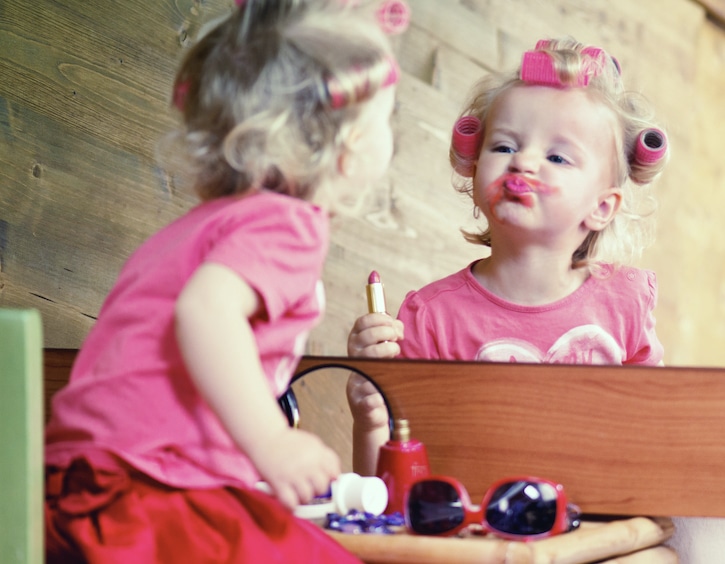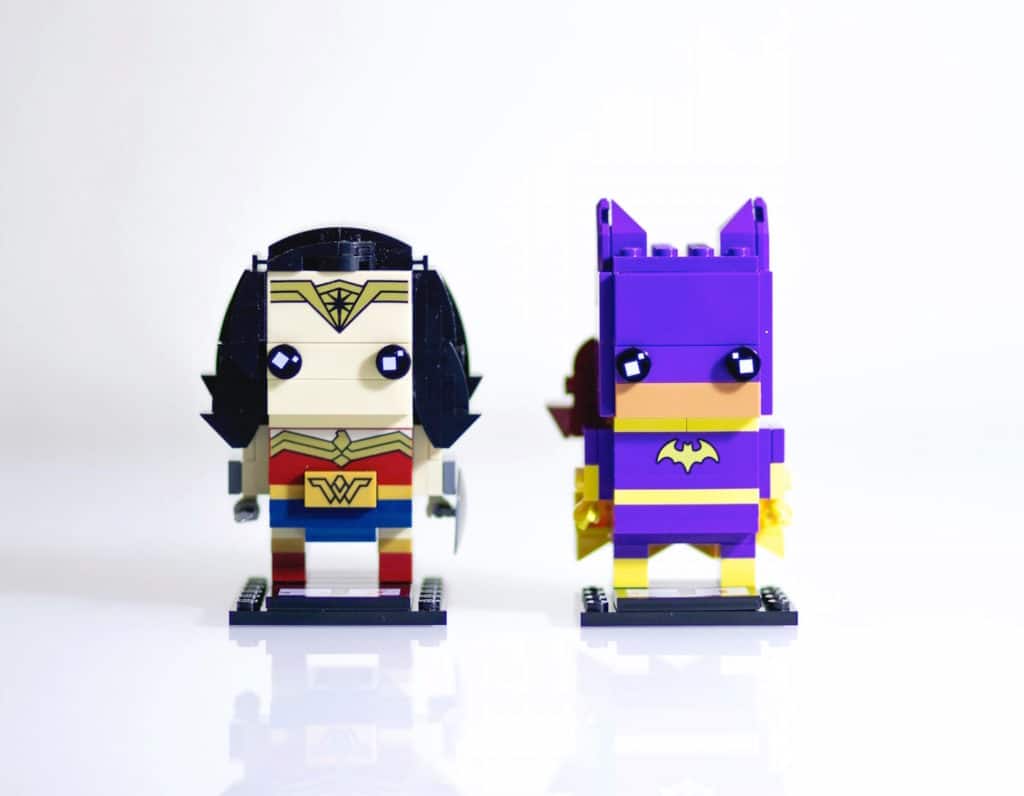
Who needs gendered toys, books or movies?! When did ‘You throw like a girl!’ become an insult? One mama explains why it’s so vital to raise empowered, empathic kids.
I remember a few years back when I was at the dentist with my then six-year-old eldest daughter, E, when a staff there asked her what shows she liked. “Cars!” Big E, answered enthusiastically in reference to the Pixar movie. “Oh! So you like boys’ shows?” came the staff’s amused reply. E just looked puzzled.
You see, ever since our girls were young, my husband and I have never distinguished shows, movies, toys, books or even colours by gender. E and her younger sister love books and shows like How to Train your Dragon and Lego Marvel’s Avengers. We’re also fine that they often chose shorts or pants over dresses and like the colour blue.
I reminded E later that Cars is a children’s movie and it’s for both boys or girls. I don’t blame the staff because I know it is still common to hear children’s movies, shows, toys and books being distinguished by genders. Like shows, some assume books and toys with dragons or pirates are for boys, and those with princesses and fairies are for girls. So, what’s the problem with doing so?
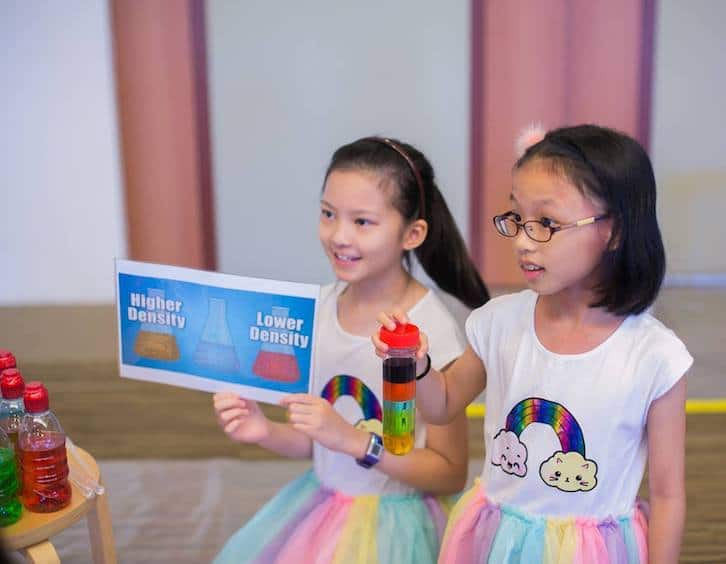
In these times, we encourage our girls to dream. We tell them they can grow up to be anything they want to be. They can aspire to be astronauts, scientists, police officers; they can be anything boys can be. We let our girls play with Transformer toys, dress up in ninja and stormtrooper costumes, and let them enjoy books with male protagonists, wizards and superheroes.
But with boys, it’s quite often a whole different story.
Sadly, boys often get shamed and or even told off for being “a sissy” if they like “girl’s stuff” like dolls or the colour pink or books featuring female characters. If a boy is to choose a doll for a toy, chances are adults would direct his attention to supposedly more masculine toys like superhero figurines. And in my line of work, it’s not uncommon to hear stories about boys being teased and shamed by their friends for queuing up to buy books featuring female protagonists during author school visits. It’s like society has attached for boys, a stigma to so-called girls’ things.
Read more: It’s OK for boys to cry: tips for raising sensitive boys
As Heather Shumaker, author of parenting book It’s OK Not to Share and Other Renegade Rules for Raising Competent and Compassionate Kids, puts it: “Even as we expand girls’ options and tell them they can do anything a boy can do, we send boys a firm message: Don’t cry like a girl, don’t throw like a girl, don’t try on girls’ clothes; basically, don’t be a girl. What’s a young boy to think? Girls are somehow bad—the worst thing I can do is to be like one.”
So why should I worry if I’m raising girls? Well, girls catch on to this line of thought that there is something wrong with being a girl.
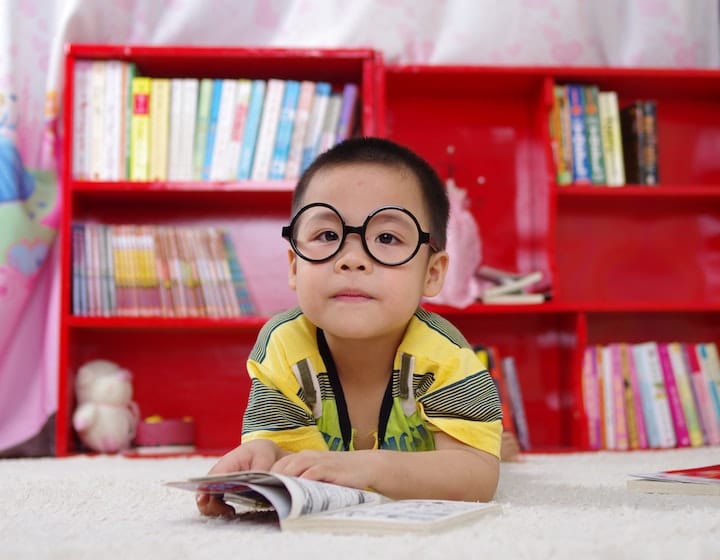
This topic was something that crossed mind many times when I was writing my first children’s novel, My BFF is an Alien. My book features two female protagonists and I knew that by making this gender choice for my characters, there was a risk that my book could be labelled a “girl’s book” and possibly alienate male readers. Boys are often far more likely to pick up a book with at least one male lead character than one without, and that is why many children’s adventure novels often feature at least one male protagonist. But I wonder, why can’t boys pick up a good adventure book that features a female protagonist? And I’m not the only one who had noted this bias.
Caroline Paul, author of The Gutsy Girl: Escapades for Your Life of Epic Adventure wrote in an article for ideas.ted.com that a middle school declined her offer to speak to their kids about her book because the school reckoned the boys in the school would feel excluded.
Paul wrote, “When a boy is directed to books that reflect only a narrow aspect of the world—often a part he already knows—or he is shamed for any interest in what is considered a “girl book,” his understanding of girls and of himself is devastatingly incomplete. So the school that rejected me is doing boys no favours….Yes, The Gutsy Girl was written to inspire values of bravery and resilience in girls. But it is also a manifesto against the lame stereotypes boys and men hold of us,” Paul said.
Read more: Children’s books for boys that challenge gender stereotypes
Shannon Hale, the author of the Princess Academy series, who has long spoken out against gendered reading and its detriment, wrote in her blog about a school visit where she asked the children there why don’t boys like the title of Princess Academy. A boy called Logan shouted in response, “Because it’s girly!” with “so much hatred” and “so much distain,” she wrote.
Hale then talked to the kids about how girls can read any book they want, but some people try to tell boys that they can only read half the books, and that wasn’t fair.
“But little Logan is sceptical. He’s sure he knows why boys won’t read a book about a princess. Because a princess is a girl—a girl to the extreme. And girls are bad. Shameful. A boy should be embarrassed to read a book about a girl. To care about a girl. To empathise with a girl. Where did Logan learn that? What does believing that do to him? And how will that belief affect all the girls and women he will deal with for the rest of his life?” she wrote.
When we read widely, we broaden our perspectives. It’s through books like Lynda Mullaly Hunt’s Fish in a Tree we know the struggles of a child who has dyslexia and Eva Wong Nava’s Open: A Boy’s Wayang Adventure that we know what it’s like to be a child with autism. It’s through books like these, people can learn to empathise.
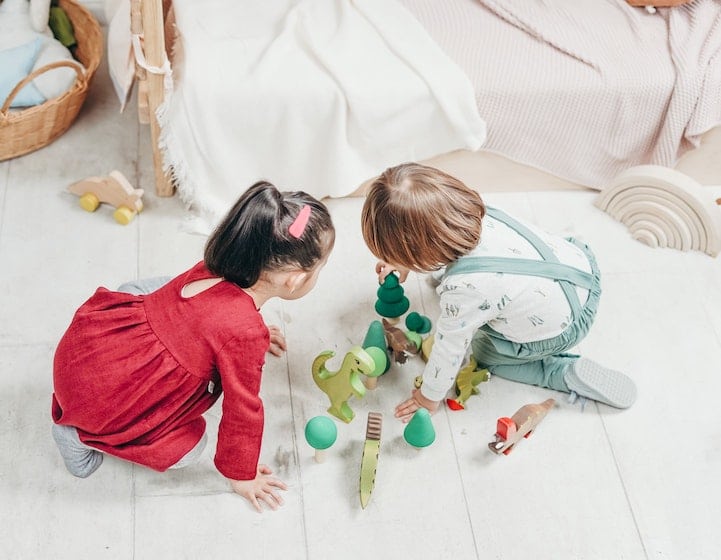
Adults tend to forget how much exploration and fantasy exist in young kids’ minds, Shumaker noted in her book. Letting children grow in an environment which allows them to take on different roles through play, helps children develop empathy and morality. “It lets them see that I can try new things. I can see life from the perspective of others. I can get to know girls and boys—through play. The ability to take different roles in play helps kids develop awareness of others. ‘What does it feel like to be someone else? What does life look like from another’s perspective?’” she wrote.
That said, I truly believe with education and the #MeToo movement, mindsets are slowly changing in our society. I feel especially heartened when I hear from parents who told me their boys had read and enjoyed my book.
I hope one day, we no longer label children’s toys, books or shows by gender, but let them be known for what they really are – a fun toy, an exciting children’s show, or a good children’s book. Because this will pave the way for a more empathetic society that can only benefit our children and the generations to come.






 View All
View All




 View All
View All










 View All
View All



